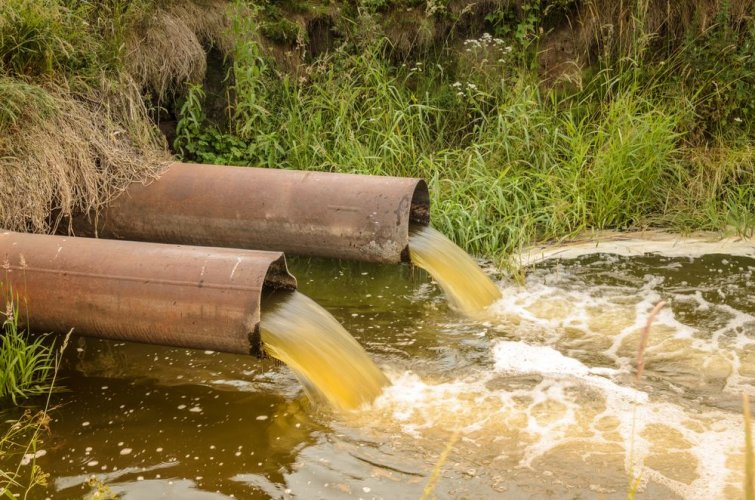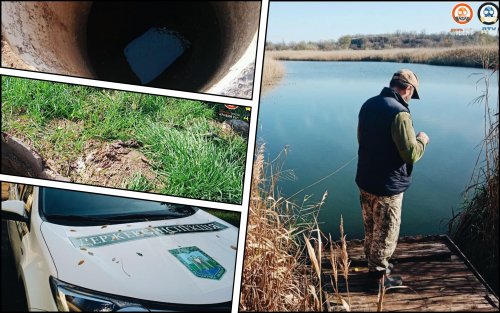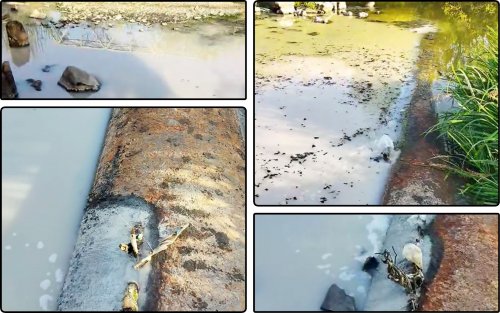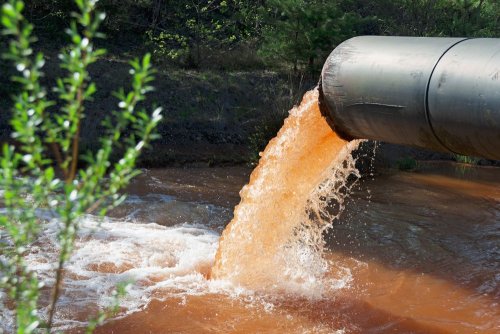Eco-activists from UPG discovered the largest unregistered discharge of waste water into the Buzki estuary over the past 5 years from the pipeline of sewage treatment plants.
The discharge, which stretched 15 km along the estuary, was discovered thanks to the analysis of satellite images in the period from June 28 to July 15, 2022, reports Ukrainian Nature Conservation Group (UNCG).
The treatment facilities of the village of Halytsynove treat 83% of Mykolaiv's waste water.
Environmentalists noted that small discharges are a common phenomenon for this pipeline, but there were no reports of a discharge on June 28-07, 2022 from Mykolaiv.

Satellite images showed brown streaks about 15m long, indicating sediment or sewage coming out of the pipeline. The volume of discharge decreased after 3 July (the water became less brown) but remained visible until 15 July.
"The joint mouth of the Southern Bug and Dnipro rivers, where the discharges were directed, is an important natural territory and the location of the national nature park Biloberezhya Svyatoslav", said ecoactivists.
They also noted that the estuary is included in two areas of the Emerald Network – the Dnipro-Buzka Estuary and the National Nature Park Biloberezhya Svyatoslav, thanks to valuable habitats, as well as many species protected by the Bern Convention, the Habitats Directive and the Birds Directive.
The Dnipro-Buzka estuary is of considerable value for bird migration.
"Pollution of the Dnipro-Buzka estuary may threaten many rare species, as well as Ukraine's ability to comply with multilateral environmental protection agreements," the article emphasized.
Earlier, EcoPolitic wrote, that in Kryvyi Rih, DTKR ecoactivists took water samples from the Ingulets River, which turned red a few days ago after the Russians shelled the hydraulic structure. The water was considered relatively safe.
As EcoPolitic previously reported, in the Lviv region, there is a significant number of pollution of the river Zimna Voda by sewage.





